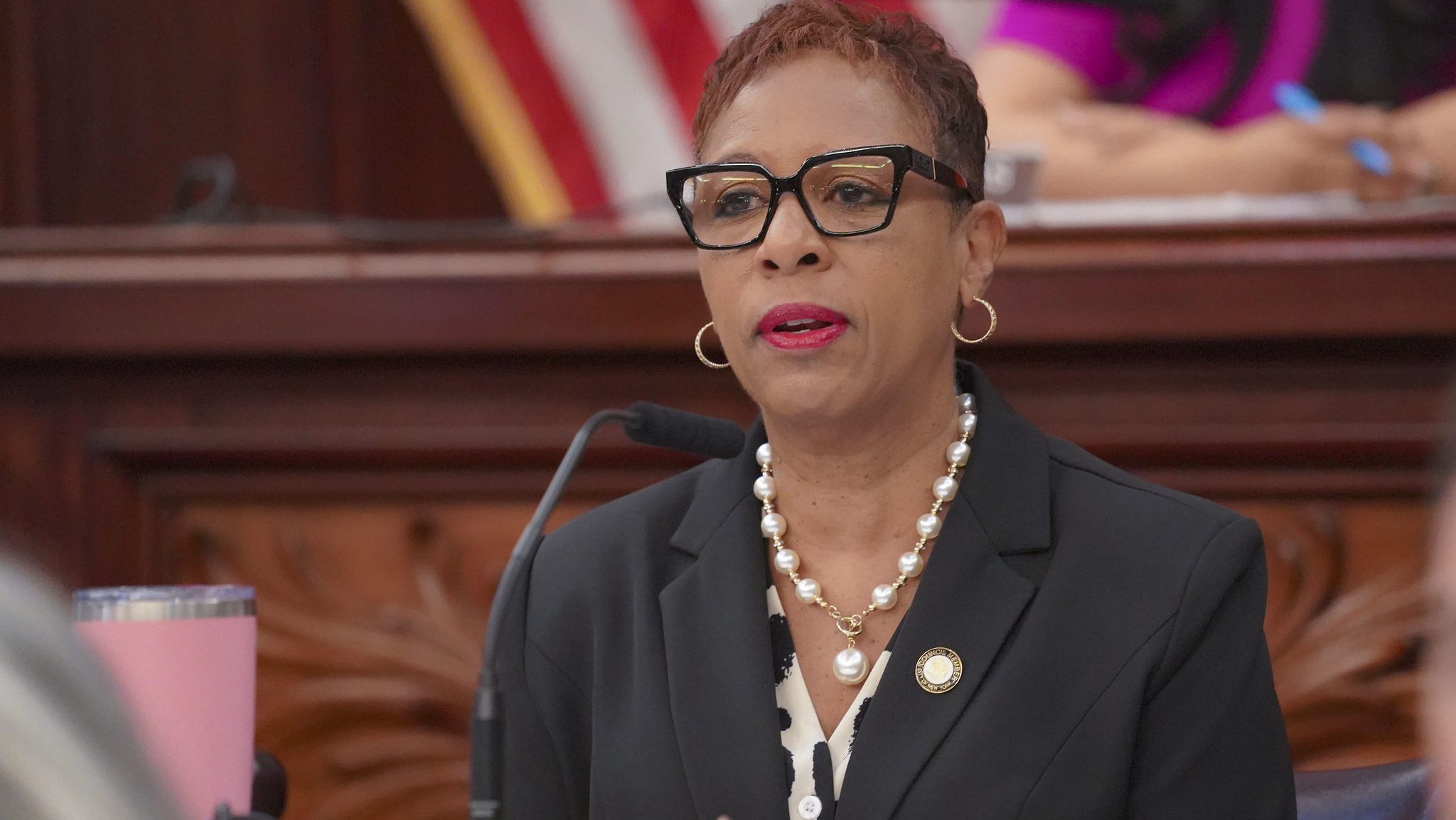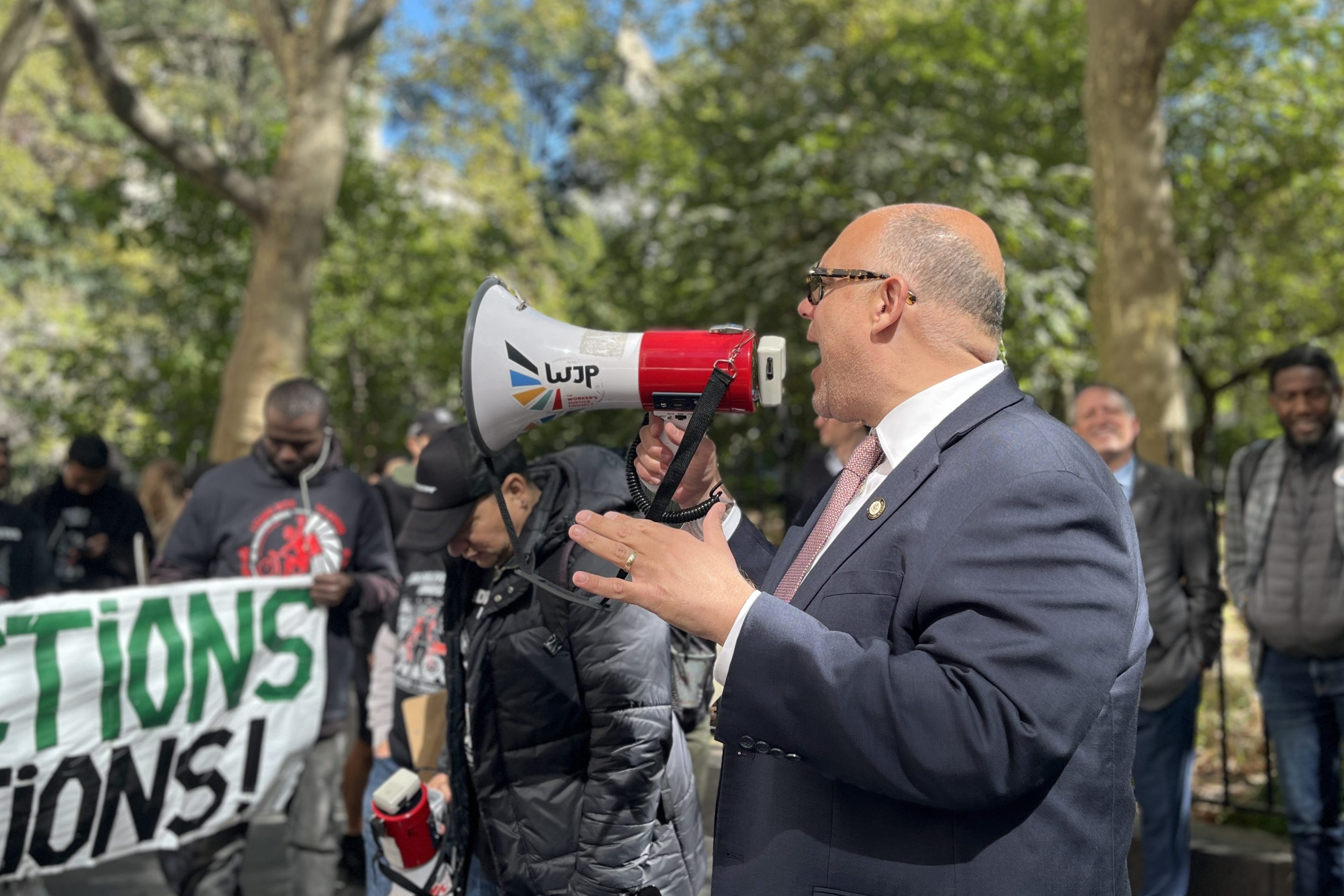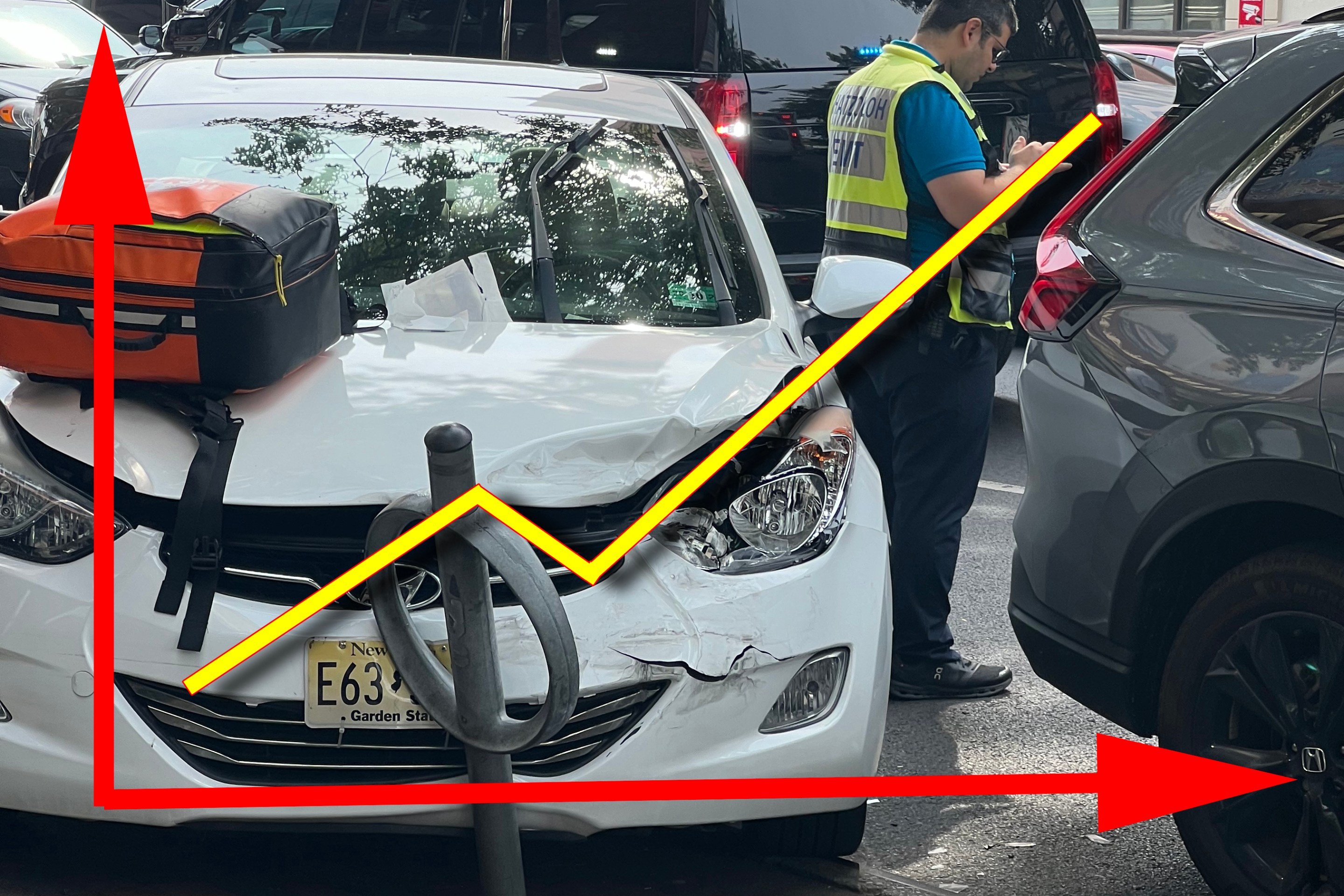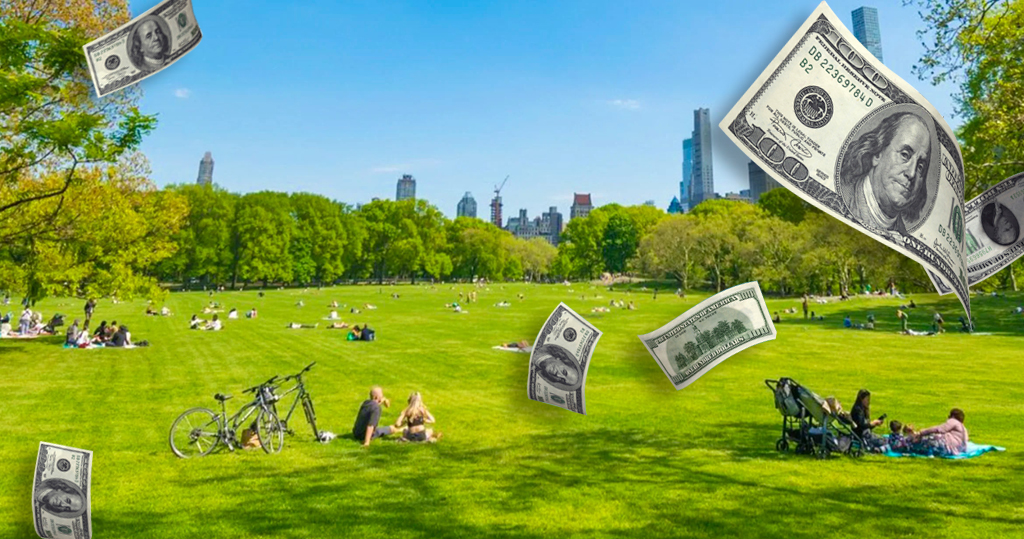The Department of Transportation's press office sends along this response to the story we broke yesterday about the agency's plan to revamp Fourth, Sixth and Seventh Avenues running through Park Slope, Brooklyn:
DOT has proposed changing 6th and 7th Avenues to one-way streets which we believe will have many benefits including simplifying the turning movements at intersections to make it safer for pedestrians crossing the street and narrowing the travel lanes on 7th Avenue to encourage vehicles to travel within the existing speed limit. DOT also proposes making these changes in conjunction with a plan that would remove a travel lane in each direction on 4th Avenue (between 17th and Dean Streets) using this space to improve the existing left turn bays.
Andy Wiley-Schwartz, a Boerum Hill resident who also happens to be the Vice President and Director of the Transportation Program at Project for Public Spaces, writing in Streetsblog's comments section yesterday, posed a great follow-up question for the agency: What problem is DOT trying to solve with this particular set of solutions? Or, to put it another way: What triggered this initiative? As Andy puts it:
This type of measure (DOT's call
them "improvements" whether they are or not) is always triggered by something. The trigger could be a request or complaint from a community board or politician, an accident or accident trend, some type of automatic system-related alert, etc.My question is, what is the perceived "problem" in this case, and how is DOT's proposal being justified as a fix for it? I suspect the problem and solution are defined narrowly as a traffic flow issue, and at the expense of the neighborhoods.
Many, many DOTs around the country are going through an entire re-thinking of the project development process, through something called "Context Sensitive Solutions".
This means that they are stepping back to look at problems in a broader light (say, as a demand issue, not a capacity issue). It might mean that congestion (Level of Service D or even F) is considered a GOOD THING in some cases, say on a commercial street like 7th Ave.
It also means that they are then applying a much broader set of potential solutions to solve those problems, usually through partnerships and community-based planning. A DOT practicing CSS would never come up with a solution and present it to a community board. Instead, they would vett the potential problem as defined by whomever or whatever is triggering it with the community, and then talk about:
a) whether it really was a problem and
b) how they can work together to do something about it--through controls, or behavior, or both.The engineers in this case would be a resource to the community, explaining to them the various trade-offs for doing one thing or another, and working through the issues.
This is they type of community process that we sorely need in NYC. Exposing the "problems" on these streets as DOT defines them is the first step in understanding how to counsel both the community and the city to begin to change.
This is not fantasy. DOTs around the country, from New Jersey to California are doing this.
Comment by Andy February 28, 2007 @ 3:00 pm | Link | Edit This





